Last updated on August 10, 2023
By Dan Troha, Arseny Khakhalin, and Bobby Mills
As we finally say goodbye to M19 and welcome in Guilds of Ravnica (appearing on Draftsim this Wednesday), our team at Draftsim wanted to take a final look at Magic Core 2019 to see what we can learn from this boatload of data we collected.
This time around we're going to look at how M19 has evolved since July. Have you ever been able to see an actual list of cards that you over/underrated in draft? We'll be going through that and a lot more. I have to admit, I was amazed how much the data resonated with my own understanding of the format as time passed.
Plus, there will of course be many pretty new visualizations.
M19 – One Last Time

It’s time to re-enter The Matrix (matrix math, that is)
Just to recap from our previous article, we visually represented the past three formats with a massive statistical analysis. We collected the picks from over 100,000 M19 drafts in July, then another 50,000+ in August. Then we slice and diced the results in a bunch of different ways, but we mainly looked for pairwise synergies of different cards to find out how they clustered together when people repeatedly picked them for the same decks.
And that analysis produced some sweet plots that looked like these:
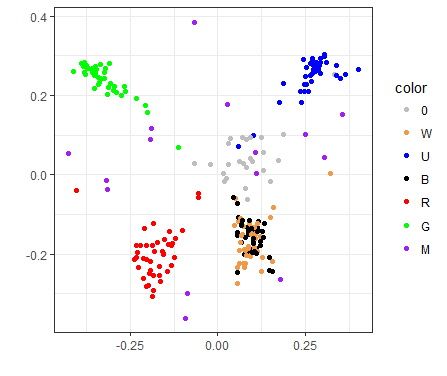
M19 August 2018
Note: The units on the axes do not mean anything. They are only there to show the relative relationships between points. For a further explanation, please check out our last article.
We had quite a few people ask us for the data — which was really exciting, but also was kind of overwhelming. It’s clear that the Magic community is awesome and is just as nerdy as we are! We’re planning on releasing this data eventually, but we need to do a lot more work and analysis with it before we can turn it loose on the internet. So stay tuned on that front.
We also received several requests and suggestions for interactive visualizations, and I’m happy to say they are here! Here’s a D3.js version of the 2D visualization above (click on the image):
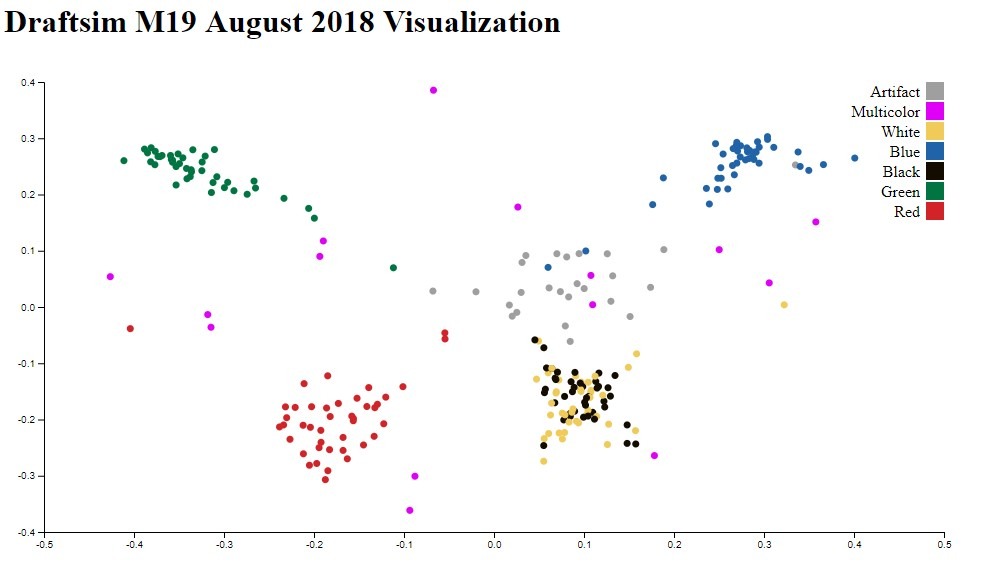
Click here to play with the interactive visualization
But enough of this snapshot stuff. This time around, we’re going to look at … ch-ch-changes.
With a data set this large, we are able to look at relative changes between July and August in card-by-card pick orders and even in overall color pair preferences. For example, we might be able to make guesses at questions like “Which colors became more popular in August?” or “Which archetypes fell out of favor?”
And how could you adjust your drafting strategy if you knew this?
Format Migration – “Flocking”
Let’s first start with the graphic that we teased in the last article:
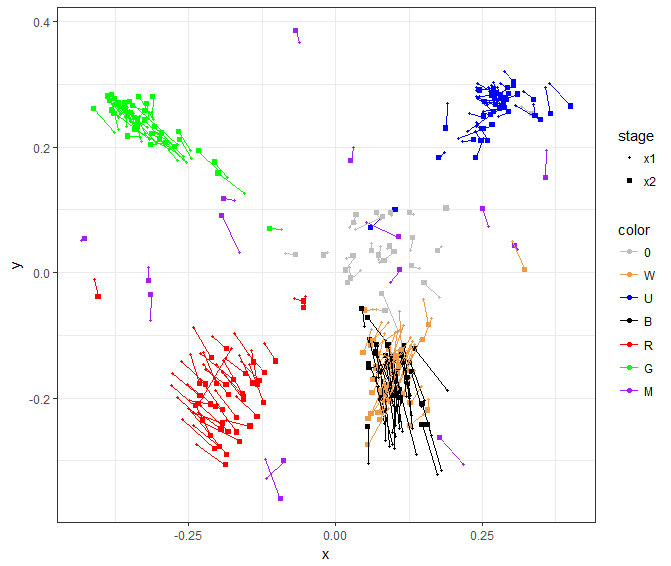
“Flocking” of relative changes in card preferences. Click here for a labeled version
The plot above shows every card in the M19 draft format and where it stood before August and after. The large squares (the “heavy heads”) represent the new position, while smaller “tails” represent where each card started in July.
To build this plot we projected July and August drafts onto a 2D picture, and then found a rotation of one picture that matched the positions of cards in the second picture as well as possible (on average). Then we looked at the relative movement of each card within the full cloud.
The most striking thing is that cards mostly seem to move in big flocks! While there are some dramatic individual card changes, it really looks like most of the movement comes from overall changes in the color, not just specific cards here and there. Why would that be?
Overall, it could be that archetypes are becoming more clearly defined and the colors are becoming slightly more polarized. As a format develops during the initial weeks, everyone goes through a learning curve in an attempt to discover what each color combination is trying to do, which color combinations support good archetypes, and which colors are underwhelming when paired with other colors. The flocking shows the format becoming less homogeneous and more clearly defined.
For example, take a holistic look at the color green. The majority of cards appear to be moving in the opposite direction away from the black/white cluster. If you think about what archetypes are represented here — black/green nothing and white/green auras, it certainly could give us some clues.
It is reasonable that players would be less inclined to pair green with black because the deck has somewhat of a bad rap for having no synergy — and therefore is harder to “make work” in a draft. As for white, GW’s primary strength and game plan relies upon an auras theme that takes very specific cards to build. Although green is often trying to ramp in M19, a GW deck is much less interested in Colossal Dreadmaw, Elvish Rejuvenator, or even Druid of the Cowl.
Red, on the other hand, appears to be biasing away from green and slightly toward the white/black cluster. This also would indicate GR losing some popularity (one fun exception is that Onakke Ogre took a hard turn up toward GR). As we’ll see in our archetype and individual card analysis, RW certainly got more popular, and you can see Trumpet Blast, Dark-Dweller Oracle, and Goblin Instigator moving in this direction.
Note: Let me take a moment to say that I also updated the ratings in the system a couple times during this period, which affects which cards are presented to people and the order they are drafted. Not only would the bots take the cards/colors that I bumped up higher, players using the “Suggestions” function of Draftsim would also incorporate the same biases.

Draftsim’s AI provides pick suggestions to users — which probably influences some picks
Color Preferences Changed… A Little
Okay, so now that we’ve taken a look at the format as a whole, let’s drill down a little bit and look at each color individually compared to its counterparts.
The tiles below show the share of decks drafted in each pair of colors. The x-axis, “Color 1,” represents the primary deck color — the color with the most cards drafted at the end of the draft. The y-axis represents the color with the second-highest number of cards in the drafter’s final pool.
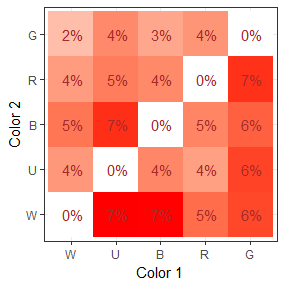
July 2018 M19 color distribution
In the first pass at the format, we see a strong preference for UW, BW, UB, and GR. Remember, the second color here is not necessarily the color that was drafted second, but rather the color that was second in size in the final draft pile.
UW artifacts and BW lifegain in particular seemed to be pretty obvious synergies right out of the gate. The gold cards told you what to do, there were strong-looking uncommons that supported those themes, and plenty of commons available that acted as enablers. So it’s not too surprising people would start by drafting these decks.
In July, the most popular draft combination contained lots of blue cards and a handful of white cards. But overall, people were drafting most of the color pairs quite diversely. Only WG got no love.
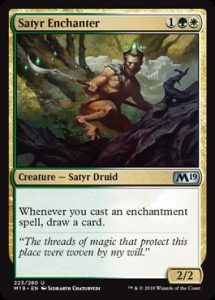
Sadface…
Now let’s compare that to August…
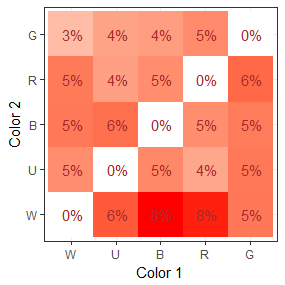
August 2018 M19 color distribution
It seems that after a month of practice, fine-tuning, and mulling over the metagame, drafting strategies started to pull further toward a handful of popular color pairs. BW stayed dominant, RW joined it, while UW, UB, and GR shifted around and became less focused on their primary colors.
Essentially, in August drafters converged on a stronger preference:
1. Draft black, red, or white
2. If the first color isn’t white, draft white for support. A whopping 27% of decks had white as the secondary color. Look at how dark the bottom row on the visualization is!
A special note about white in M19
White was heavily represented as a secondary color. If I had to bet, I would guess this was because of increased discussion in the community about how great white’s commons were, which made people a little more willing to look at white cards for their decks.
Not only does white have a premium removal spell at common in Luminous Bonds, it also has three very strong creatures headlining its slate of top commons. Each of these cards effectively puts the screws on an opponent, and together they are almost unbeatable in their uninteractivity.
Credit to Lords of Limited for dubbing this band the “Three Amigos.” (edit: Three Musketeers, thanks guys).

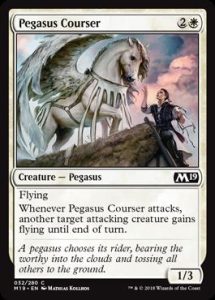
Hot Decks, Cold Decks
Now let’s give our flocking chart another look, comparing it to the heatmap of changes in color pair popularity, shown on the right.
Here red cells show pairs that became more popular, and blue cells show those that were now drafted less often.
If you let your eye drift up the column for each primary color, you can see that as time passed, Draftsim users really tried to force white, black, and red as primary colors, while they practiced drafting blue and green a bit less frequently. And also, they became increasingly interested in drafting both WR and RW combinations.
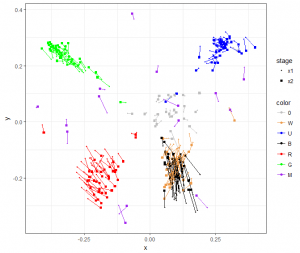
Do these observations match the flocking picture? Sort of. The green flock moved away from the other colors, as primarily green decks became less popular overall. Both WR and RW became more popular, so white flock moved a bit towards the red flock.
But overall, the flocking chart does not provide crystal-clear results. Therefore, it might be a little less useful than we hoped. Large-scale movements of colors obscure the individual changes in card-to-card synergies (if these changes exist), and even large-scale movements are hard to interpret. For example, what’s the deal with some of the seemingly-conflicting rearrangements of the blue swarm? Tezzeret only knows.
Still, we tried to look into the movement of individual cards (click here for a full 2000×2000 px version). It’s pretty obvious from the picture that multicolor cards (magenta) were the ones to move the most, which is fun, but reasoning for the movement isn’t obvious.
For example, a whole bunch of cards in the upper left quadrant moved towards green, including Draconic Disciple, Vaevictis Asmadi, the Dire, and Poison-Tip Archer, perhaps implying that you need to be more green than the other color to make use of these cards. This is a phenomenon that you see sometimes in draft — because of the mana or what a particular strategy is trying to do, a gold card can be better in a deck that has a stronger base in a certain color.
Brawl-Bash Ogre and Heroic Reinforcements each move in the same direction as their black and white flocks respectively, while staying equidistant from red, which makes sense.
Ratings Changes
Now that we've discussed final color configurations and changes in card synergies, let's move on to individual card ranks.
Were there any changes in pick order in August compared to July?
Of course there were some changes, but they weren't overwhelming. Exciting cards were still picked early in the draft (lower left corner), while weak and weird cards were picked late (top right corner). Still there was some curious reshuffling of individual picks, and with our sample sizes (from 1031 for the rarest card to 24733 for most common) we hoped to suss out some real changes, even if they were subtle.
We looked at the top 20% of cards that either lost or gained popularity between July and August. Here’s the data for the most volatile cards, with more popular cards (those that were picked early) shown closer to the top, and less popular cards shown at the bottom. Generally, these popularity rankings correspond to the power level of the card (but not always).
Lines show how much the rank of each card changed. If a card became less popular, the line is blue. If a card’s popularity increased, then the line is red. The intensity of each line represents the absolute change in popularity.
You can read the changes from left to right, where the card name represents the ranking in August after the changes.
So many cards, so many stories to tell. I’m going to dive in by categorizing these in three groups: “subtly powerful cards,” “weird cards,” and “synergy cards.”
Subtle power and format context
By now everyone knows how good Dryad Greenseeker is. But that wasn’t completely obvious at the beginning of the format. It was slept on a little until people got to see it for the card-advantage-machine-with-good-stats that it really is — and now it’s considered a “mythic uncommon.”
The same goes for Departed Deckhand. In a format without many good two-drops, this was one of the absolute best. You could play it in almost any deck, it was good on turn 2, and great on turn 8. The fact that you could get such an impactful two-mana card made it very important to prioritize because there just aren’t that many cards in the format that can provide that amount of impact for the price.
And if there aren’t many good twos, you shouldn’t be putting the bad twos in your deck. But then how do you not die to your opponent’s bad two drops? Essence Scatter quickly rose in stock in M19 because it was a great early play, but unlike a 2/1 for 2, it's also great on turn 5-6 when you can nab a Thornhide Wolves or Colossal Dreadmaw.
Reclamation Sage experienced the biggest jump, and this is one I’m not completely sure about. Certainly between the existence of a WU artifacts deck, some powerful enchantment-based removal, and gamebreaking bombs (Patient Rebuilding, Sarkhan's Unsealing) it is quite maindeckable. But there isn’t a huge reason for it to be so relatively underrated initially.
Finally I have to give a shout out to one of my favorites, Vampire Neonate, which had to be one of the most annoying cards to play against in the format. It blanked many of the aggressive two drops and allowed control decks and slower midrange decks to climb back into the game after falling behind. And it was a good mana sync. Not to mention having “the combo” with Ajani's Pridemate. All for an unassuming one drop 0/3.
Weird cards
Transmogrifying Wand kills some stuff and makes 2/4 oxen. That’s not amazing, right? But wow was this thing powerful. It turns out that if you’re a control deck, or playing against someone who has green creatures in their deck, the card would dominate the game and 3-for-1 your opponent by neutralizing their best threats or even let you upgrade your own creatures.
Inferno Hellion initially looks like a pretty bad card, but there are just enough weird things you can do with it like Thudding or Sarkhan's Unsealing that it turned out to be quite a bit more playable.
Synergy cards
The presence of a card like Elvish Clancaller (or Goblin Trashmaster) makes you assume there are goblin and elf decks in the format. Unfortunately, M19 did not have these, so they turned out to be much worse in context. Same for Desecrated Tomb — it looks like the card should have ways to trigger it, but there just were not many options in M19 limited, and so it proved to be a very narrow — basically unplayable — card.
On the upswing, you can see that Angel of the Dawn and Heroic Reinforcements jumped to near the top. Word got out (beginning probably with Ben Stark) about how good RW was, and these cards that are a tremendous payoff for a go-wide strategy as it rose in stock.
Concluding Thoughts
You hear a lot about the collective Magic hive mind working to “solve” a standard environment, but the same scale of testing and information sharing goes on with limited. You can see that people combine their own experiences with those of influencers in the community and change their behavior accordingly.
Speaking of, during the first few weeks of a format, I love to hang out on Twitter and look through 3-0 draft decklists to see what's working for people. Feel free to tweet at me if you discover something cool (or super uncool) about a card or archetype.
Like all of you, I can’t wait for Guilds of Ravnica to drop soon. This is going to mean a whole shiny new data set and some pretty new visualizations of a completely different and guild-based format. I can’t wait to see what a guild synergy clustering visualization looks like…
Oh yeah, and I guess there’ll be a sweet new Magic set to actually play with too!
Be sure to follow Draftsim on Twitter and Facebook to be notified when GRN goes live and when we post more in-depth articles like this.
Follow Draftsim for awesome articles and set updates: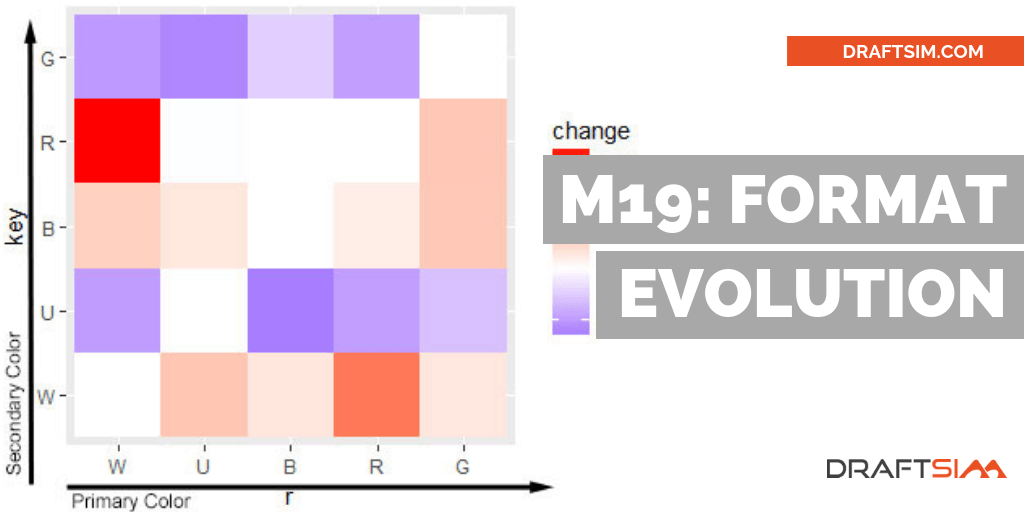
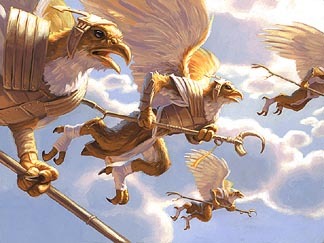
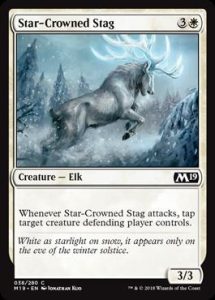
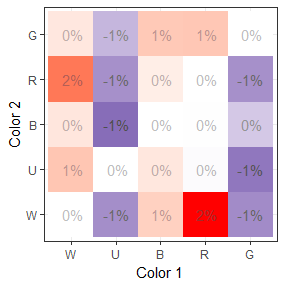
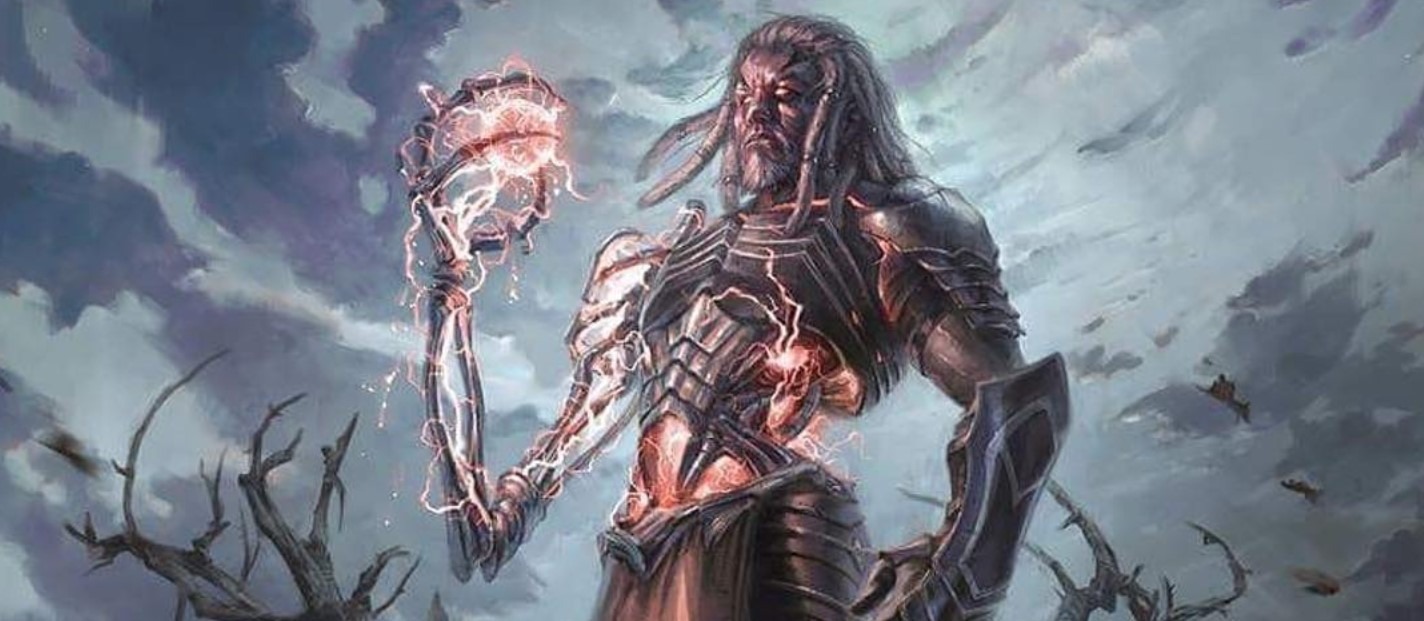
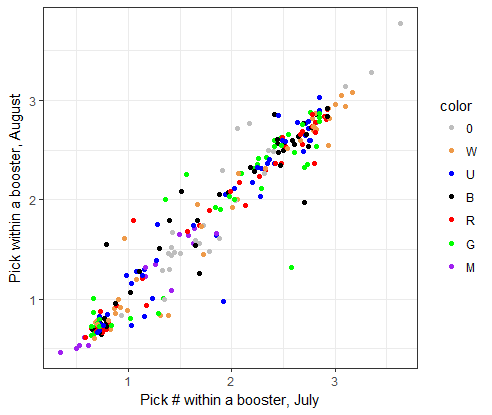
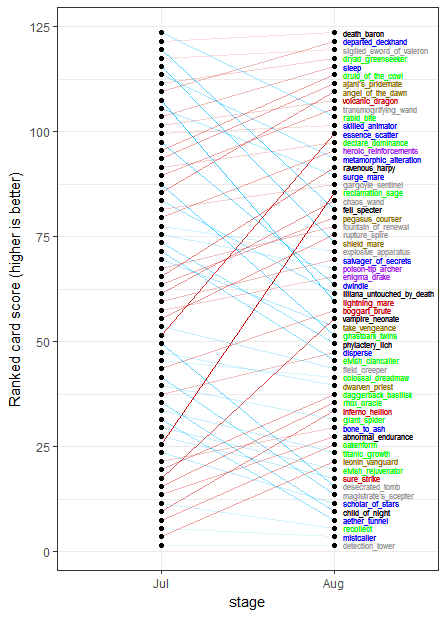
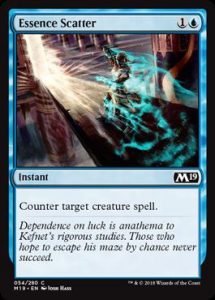
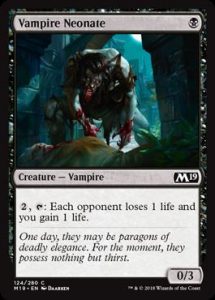

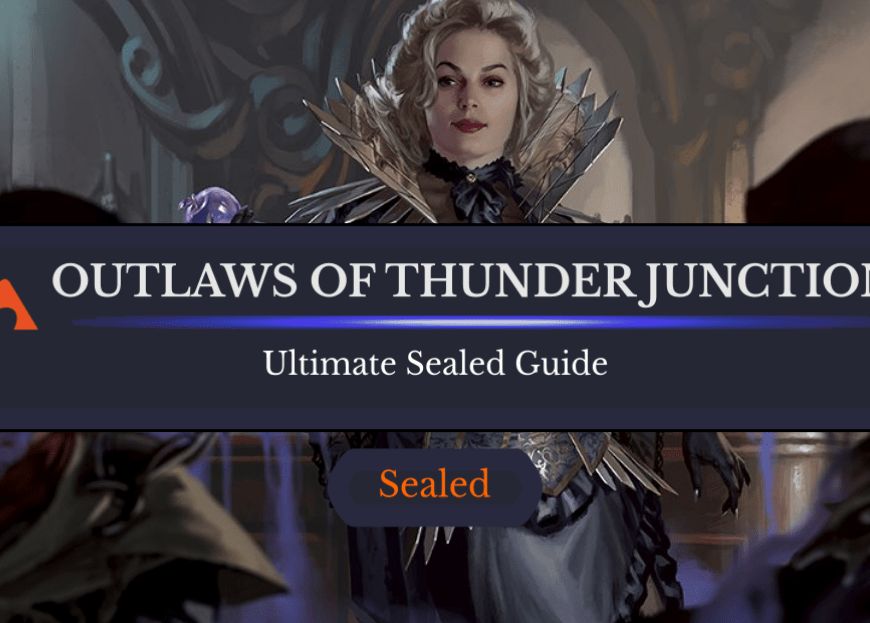

1 Comment
Wow! That was super cool. It was like reading a research journal article , except more exciting and applicable. Like you I can’t wait to see the GRN data! Thanks guys!
Add Comment